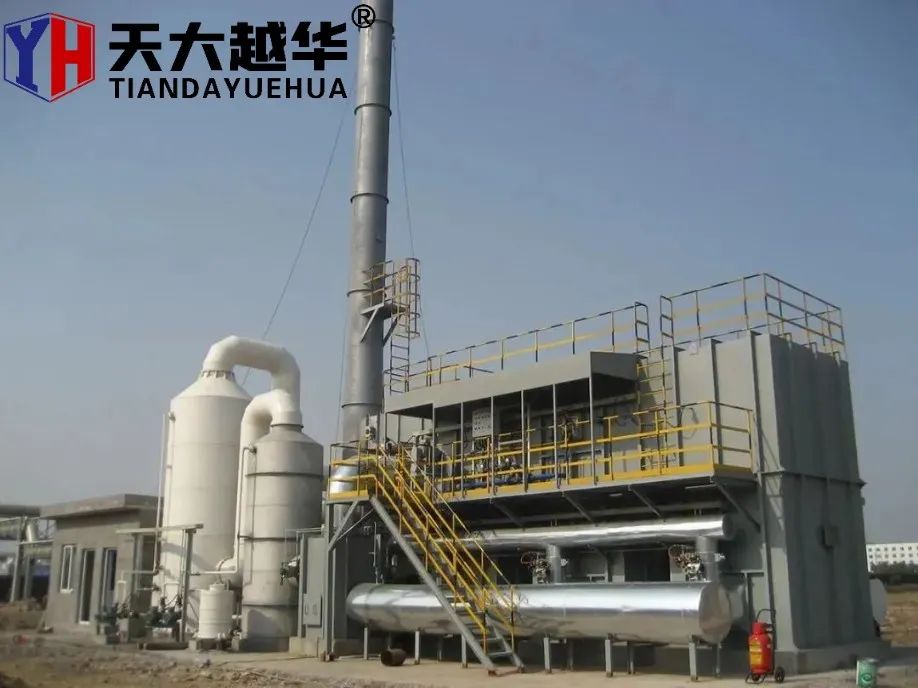Environmental Considerations: Exploring Concerns Associated with Oxidizer Incinerator RTOs
2024-04-08
In the realm of industrial pollution control, Oxidizer Incinerator Regenerative Thermal Oxidizers (RTOs) stand as stalwart guardians against air pollution, neutralizing volatile organic compounds (VOCs) and hazardous air pollutants (HAPs) emitted during manufacturing processes. While RTOs are celebrated for their effectiveness in mitigating emissions and ensuring regulatory compliance, concerns regarding their environmental impact persist. In this blog, we'll delve into the environmental considerations associated with the operation of Oxidizer Incinerator RTOs, exploring potential concerns and mitigation strategies.
1. Energy Consumption
One of the primary environmental concerns associated with Oxidizer Incinerator RTOs is their energy consumption. RTOs utilize significant amounts of energy to maintain the high temperatures required for thermal oxidation, particularly during startup and peak operation. This energy demand may contribute to greenhouse gas emissions and resource depletion, raising concerns about the environmental footprint of RTO operation. However, advancements in energy recovery technology and process optimization have helped mitigate this concern by maximizing energy efficiency and minimizing overall energy consumption.
2. Emissions of Greenhouse Gases
While Oxidizer Incinerator RTOs are effective in destroying VOCs and HAPs, they may still emit greenhouse gases such as carbon dioxide (CO2) during the combustion process. CO2 is a major contributor to climate change and global warming, prompting concerns about the environmental impact of RTO emissions. However, the destruction efficiency of RTOs typically exceeds 99%, minimizing the emission of CO2 and other greenhouse gases. Additionally, efforts to optimize combustion parameters and implement emission monitoring systems help ensure compliance with regulatory standards and mitigate environmental impacts.
3. Production of Residual Waste
Another environmental concern associated with Oxidizer Incinerator RTOs is the production of residual waste in the form of ash or particulate matter. While RTOs are designed to thoroughly combust organic compounds, certain types of solid waste materials may remain as ash or residue after incineration. The disposal of residual waste may pose challenges in terms of waste management and environmental impact, particularly if the waste contains hazardous or toxic substances. However, proper handling and disposal practices, including recycling and waste-to-energy initiatives, can help minimize the environmental impact of residual waste production.
4. Noise and Visual Impact
The operation of Oxidizer Incinerator RTOs may generate noise and visual impacts that can affect nearby communities and ecosystems. The sound produced by fans, blowers, and other equipment associated with RTOs may cause noise pollution, while the presence of industrial structures and emissions stacks can alter the visual landscape of the surrounding area. Mitigation measures such as sound barriers, landscaping, and setback requirements can help reduce the environmental impact of noise and visual disturbances associated with RTO operation, enhancing compatibility with neighboring land uses and preserving aesthetic values.
5. Regulatory Compliance and Monitoring
To address environmental concerns associated with the operation of Oxidizer Incinerator RTOs, regulatory agencies impose stringent standards and monitoring requirements. Facilities operating RTOs must adhere to emission limits, reporting obligations, and compliance protocols to ensure environmental responsibility and minimize impacts on air quality, water quality, and natural resources. Continuous emission monitoring systems (CEMS), regulatory inspections, and enforcement actions help hold operators accountable for maintaining environmental compliance and addressing potential concerns associated with RTO operation.
Conclusion
In conclusion, while Oxidizer Incinerator RTOs are effective tools for mitigating air pollution and ensuring regulatory compliance, they are not without environmental considerations. Energy consumption, emissions of greenhouse gases, production of residual waste, noise and visual impacts, and regulatory compliance are among the key concerns associated with RTO operation. However, advancements in technology, process optimization, and regulatory oversight have helped address these concerns and minimize the environmental impact of RTOs. By implementing best practices, monitoring systems, and mitigation measures, industries can operate Oxidizer Incinerator RTOs responsibly while upholding their commitment to environmental stewardship and sustainability.



